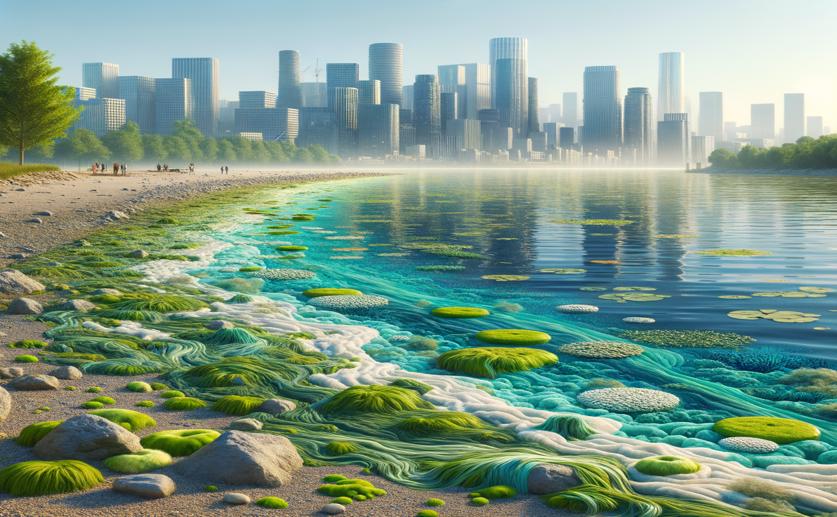
Urban Coast Algae: Changes in Type, Amount, and Nitrogen Levels
Jim Crocker
23rd April, 2024

Image Source: Natural Science News, 2024
Key Findings
- In Port Phillip Bay, Australia, the amount of drift macroalgae dropped by 92% over 22 years
- The types of algae present changed significantly, with a high turnover of red algae species
- Human-derived nitrogen, from sources like sewage, was found to be a major nutrient in the algae
EnvironmentEcologyMarine Biology
References
Main Study
1) Spatio-temporal patterns in the biomass, species composition and nitrogen content of drift macroalgae in an urbanised coastal embayment
Published 22nd April, 2024
https://doi.org/10.1007/s10811-024-03249-3
Related Studies
2) A global map of human impact on marine ecosystems.
3) Spatial and temporal variability in macroalgal blooms in a eutrophied coastal estuary.
4) Sources and cycling of nitrogen revealed by stable isotopes in a highly populated large temperate coastal embayment.



 7th March, 2024 | Jim Crocker
7th March, 2024 | Jim Crocker